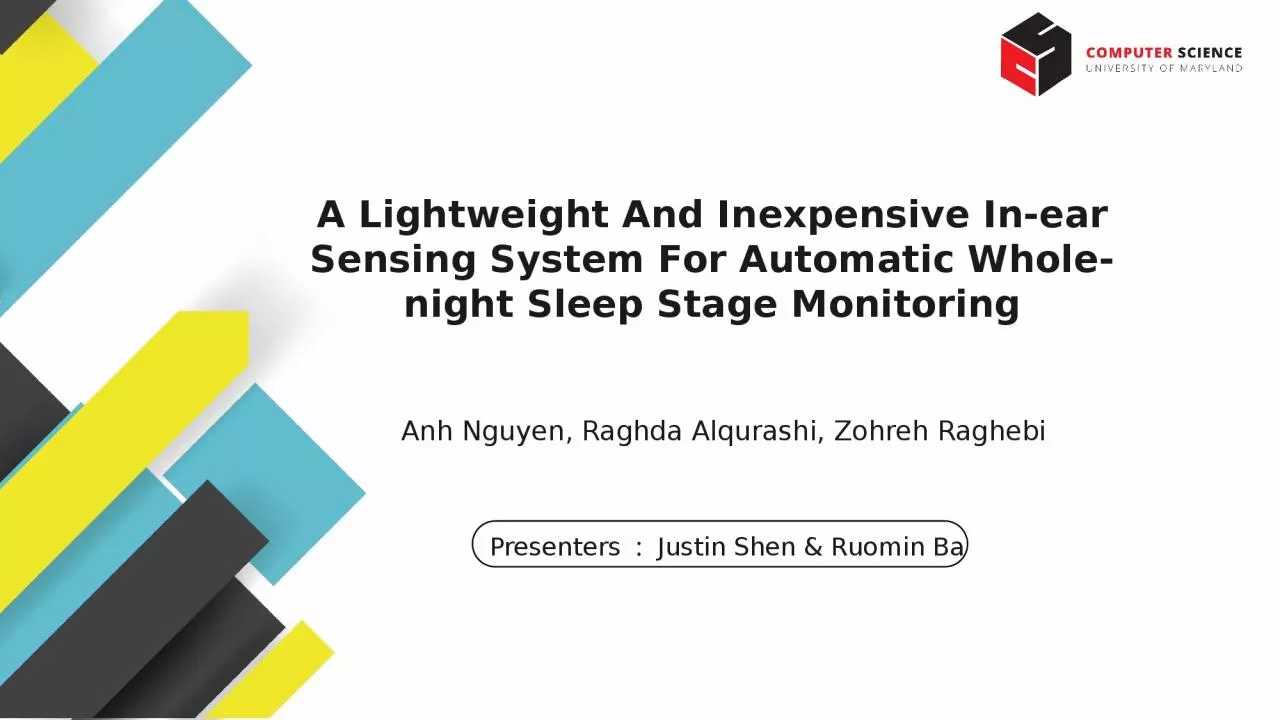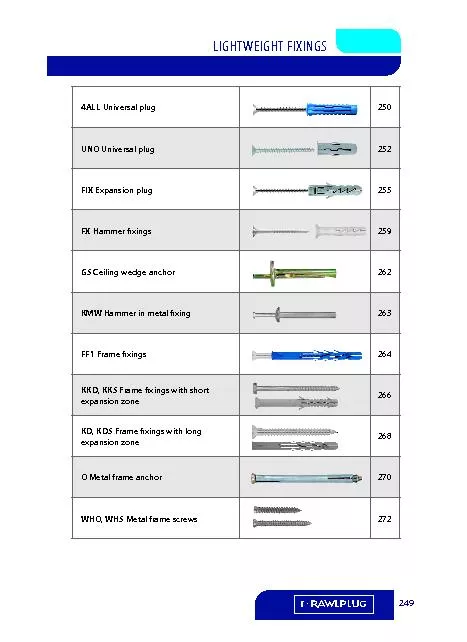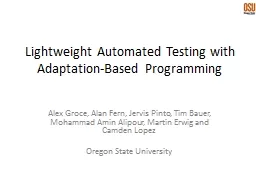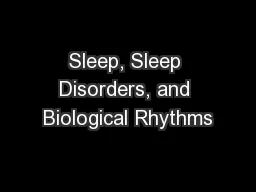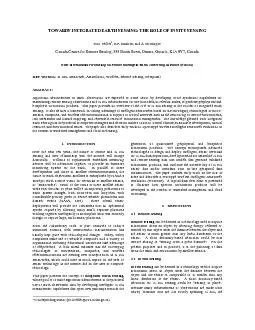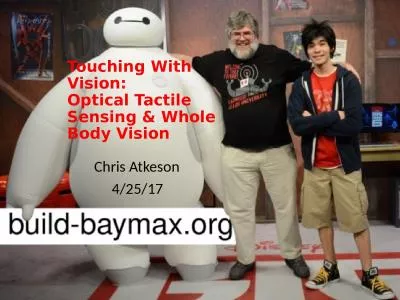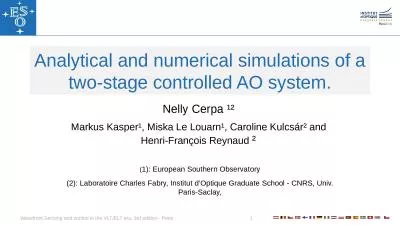PPT-A Lightweight And Inexpensive In-ear Sensing System For Automatic Whole-night Sleep Stage
Author : pamela | Published Date : 2024-03-13
Anh Nguyen Raghda Alqurashi Zohreh Raghebi Presenters Justin Shen amp Ruomin Ba CONTENTS Background Section 1 2 01 Section 1 2 Challenges 02 Section 3 7
Presentation Embed Code
Download Presentation
Download Presentation The PPT/PDF document "A Lightweight And Inexpensive In-ear Sen..." is the property of its rightful owner. Permission is granted to download and print the materials on this website for personal, non-commercial use only, and to display it on your personal computer provided you do not modify the materials and that you retain all copyright notices contained in the materials. By downloading content from our website, you accept the terms of this agreement.
A Lightweight And Inexpensive In-ear Sensing System For Automatic Whole-night Sleep Stage: Transcript
Download Rules Of Document
"A Lightweight And Inexpensive In-ear Sensing System For Automatic Whole-night Sleep Stage"The content belongs to its owner. You may download and print it for personal use, without modification, and keep all copyright notices. By downloading, you agree to these terms.
Related Documents

